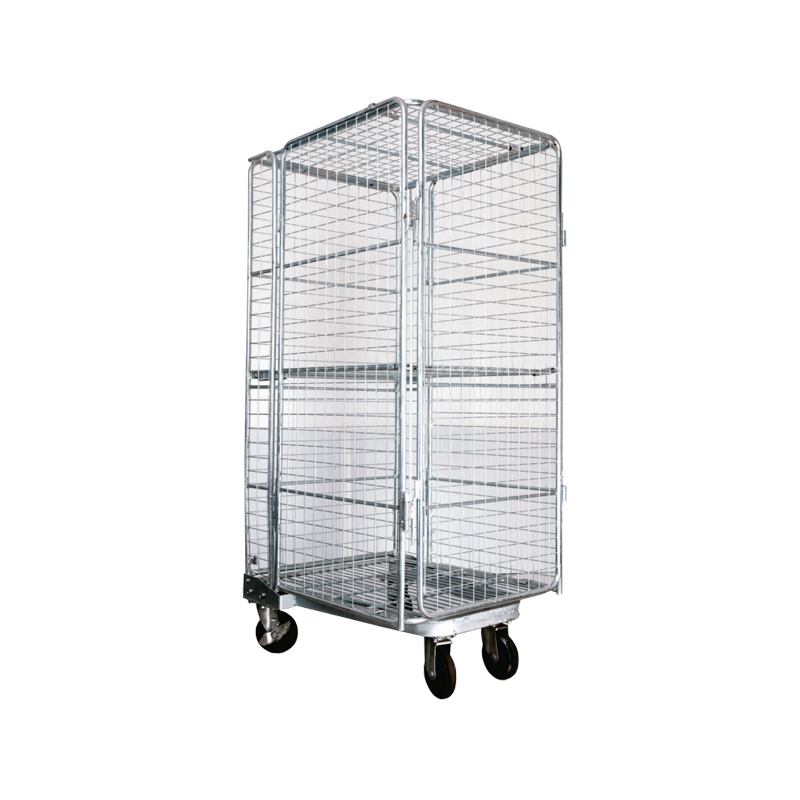Increasing the load capacity of a roll cage trolley without compromising safety involves a combination of design enhancements, material selection, and proper usage practices. Here are several strategies to achieve this:
Use Stronger Materials:Upgrade to High-Strength Steel: Use high-strength, lightweight steel alloys or other materials with superior load-bearing properties, such as aluminum alloys or reinforced polymers, to increase the trolley's load capacity without adding excessive weight.Reinforced Base and Walls: Strengthen the base and sidewalls of the trolley with additional supports or thicker material to distribute the load more evenly and prevent bending or warping under heavy loads.Improve Structural Design:Reinforced Corners and Joints: Reinforce critical stress points, such as corners and joints, with additional bracing or gussets to enhance overall stability and load-bearing capacity.Optimized Frame Geometry: Design the frame with a geometry that maximizes strength, such as using cross-bracing or tubular frames that distribute weight more evenly across the structure.

Enhance the Wheel and Caster System:Heavy-Duty Casters: Upgrade to heavy-duty casters or wheels that can handle greater loads, with features such as larger diameters, thicker treads, and stronger axles to ensure smooth movement under heavier weights.Improved Wheel Placement: Optimize wheel placement, such as adding more wheels or positioning them strategically to better distribute the load, which reduces the strain on any single wheel and enhances stability.Load Distribution and Management:Balanced Loading: Ensure that the load is evenly distributed across the trolley, avoiding overloading one side, which can cause tipping or frame stress. This practice is crucial for maintaining stability and safety.Use of Load Securing Accessories: Incorporate load securing accessories like straps, nets, or side panels to keep the load stable during transport, reducing the risk of shifting that could compromise safety.Incorporate Safety Features:Braking Systems: Equip the trolley with effective braking systems to prevent uncontrolled movement, especially under heavy loads. This is essential for maintaining control and safety during operation.Anti-Tip Bars or Stabilizers: Add anti-tip bars or stabilizers to the design to prevent the trolley from tipping over when handling heavy or top-heavy loads.
Regular Maintenance and Inspection:Routine Inspections: Regularly inspect the trolley for signs of wear, such as weakened joints, bent frames, or worn wheels, and perform maintenance as needed to ensure that the trolley remains in safe working condition.Component Upgrades: Replace worn or damaged components with higher-capacity parts to maintain or increase load capacity safely over time.
Compliance with Safety Standards:Adhere to Load Ratings: Always follow the manufacturer’s load rating and safety guidelines. If modifications are made, ensure they are tested and certified to meet relevant safety standards.Load Testing: Conduct load testing on modified trolleys to ensure they can handle the increased capacity without compromising safety.
By implementing these strategies, you can effectively increase the load capacity of a roll cage trolley while maintaining or enhancing safety standards.
